I like new things but when it comes to reading, I am old school and conservative. I don’t do eBooks because I like the feel of a paperback. I don’t venture outside of my preferred genres. In fact, it’s taken me a long while to incorporate even a few innovations. Here are five ways I’ve modernised or upgraded my reading in the last couple of years.
1. Digitising my reading log
It began in a grey and white Quill brand exercise book that many of you, if you grew up in Australia, will remember from primary school days. Way back in 1998, I started keeping a list of books, complete with dates and ratings. I now have 24 whole years’ worth of reading almost 500 books, etched in pencil in this same exercise book.
Finally, in one of the more tangible achievements of Sydney’s 2021 lockdown, I have transferred this record onto Google Sheets.
The task of digitising this piece of my history provided a bit of a trip down memory lane. I was surprised at the number of titles I remembered. Occasionally I had a random lasting impression of a book – I don’t remember a thing about Sonya Hartnett’s All My Dangerous Friends except the bulldog on the cover, but her character’s musings about what it’s like to die by drowning in Wilful Blue lingered long with me, and it was in Black Foxes that I learned the meaning of ennui and saw syphilis mentioned outside health class for the first time.
Other times, I had to look up the title and author to even be able to list what genre it was, let alone what it was about.
After several hours spread over several days, my reading history has been brought into the twenty-first century. My digitised reading log allows me to make charts like this:

As you can see, I love(d) fantasy. Like a lot. Fantasy books read outnumber everything else, despite me putting magical realism and sci-fi & dystopia in their own categories.
The surprising thing in this chart is the number of horror books I’ve read. It’s not a genre I’ve ever enjoyed in any medium but most of those 33 books are from the notably unscary Spooksville series. Pitched at preteens, they’re intentionally funny and mostly about friendship, with horror elements being mostly aesthetic.

Another notable observation is that my rating system was whacked. I was far too generous with my ratings, with most novels falling in the 8-9 range. Average books I tended to give 6.5-7.5, rather than the logical 5-6. Only the truly boring or atrocious received 4 or less but I can tell you many more deserved that sort of a rating! The reason so many are “unrated” is that I didn’t give ratings to non-fiction books because as a kid I didn’t understand there was an art to writing them.
2. An epic new bookshelf
I’ve very recently gone from a second-hand IKEA plywood bookcase to a bespoke bookshelf that spans almost the entire length of my living room. It’s so long that I can’t actually fit both ends into a single frame on my camera.
Designed by my father-in-law, it was a wedding gift from my husband’s parents and took over four hours to install. It’s a floating shelf with no visible bits attaching it to the wall. I reckon it looks pretty fab. It’s only two-thirds full – a good excuse to acquire a few more titles!
3. Audiobooks
I discovered the joy of audiobooks with Michelle Obama’s Becoming in late 2019 and I haven’t stopped. If I thought Michelle Obama reading her own book was amazing, Gladwell raised the bar by having the quotes in his Talking to Strangers read, if not by the person themselves, by an actor.
My love of Malcom Gladwell probably deserves its own item on this listicle. I can’t believe I was ignorant of his genius until a volunteer at work introduced me to his excellent Revisionist History podcast. I got totally hooked and went on to read The Tipping Point in paperback and the abovementioned audiobook.
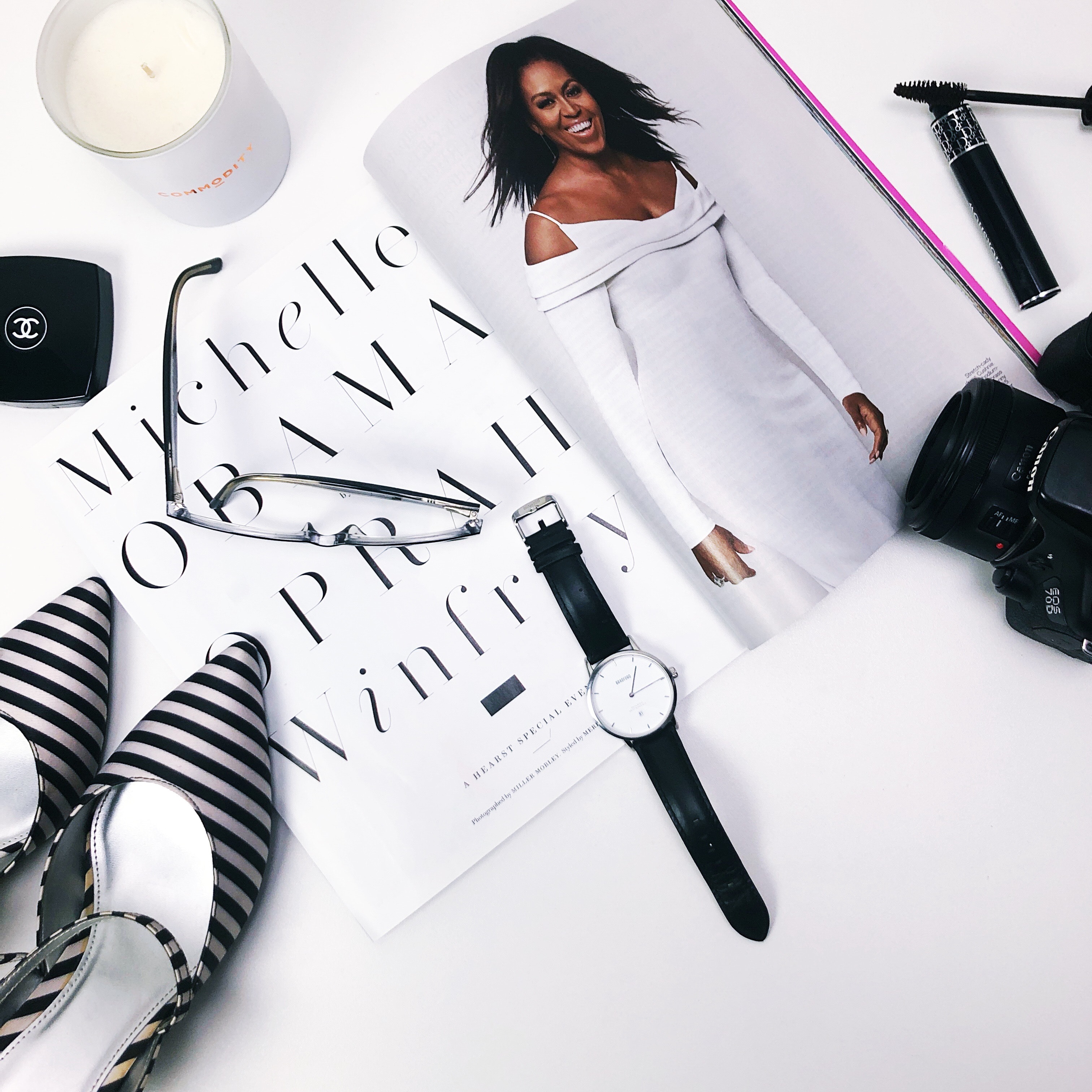
4. Non-fiction
My reading log will show you that not only did I not deem non-fiction worthy of a rating, my ratio of fiction to non-fiction reading is 4:1. In fact, I barely read any non-fiction until I had to for uni. The first non-fiction works on my record are:
- a step-by-step cheat guide to one of my favourite SuperNintendo platform games
- a random coffee table book about happiness that was lying around the house
- a picture book about kittens that I received as a 6-year-old and reread for kicks as a 13-year-old
- a retelling of the story of Jonah
My first true induction into the world of non-fiction was A Season With Verona, which traces Englishman Tim Parks’ journey as a diehard fan of a Serie B football team in Italy. I was newly obsessed with the world game at the time and ended up analysing this book for a psychology assignment about hooliganism.
Yet now, of the books I’m currently reading for leisure, the majority are non-fiction.
5. Parallel reading
It’s only recently that I’ve embraced the idea of having multiple books going at any one time. For most of my life, I stuck to reading one book at a time, not beginning another until I’d turned the last page or given up on it entirely (based on my digitised reading log, I can tell you there are l6 books I started but decided not to complete).
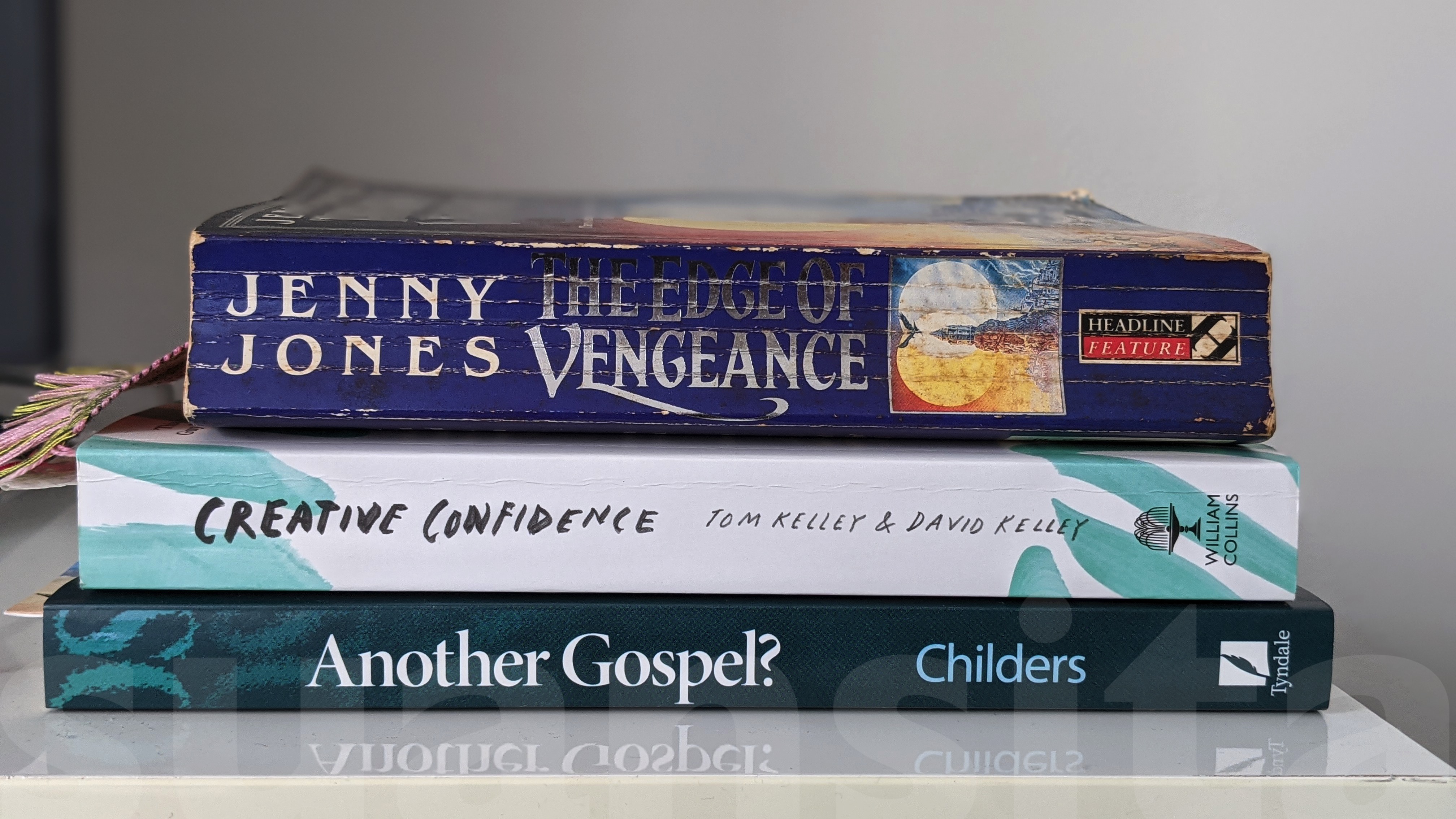
Not counting the Bible I read regularly, I’ve now got four paperbacks and an audiobook going. And, in a juxtaposition of continuity and change in my reading habits, two of them are fantasy and three of them are non-fiction!
*
What are your reading preferences? Have you converted to Kindle or are you a purist like me? What innovations or upgrades have you made?
Header image: Lacie Slezak.


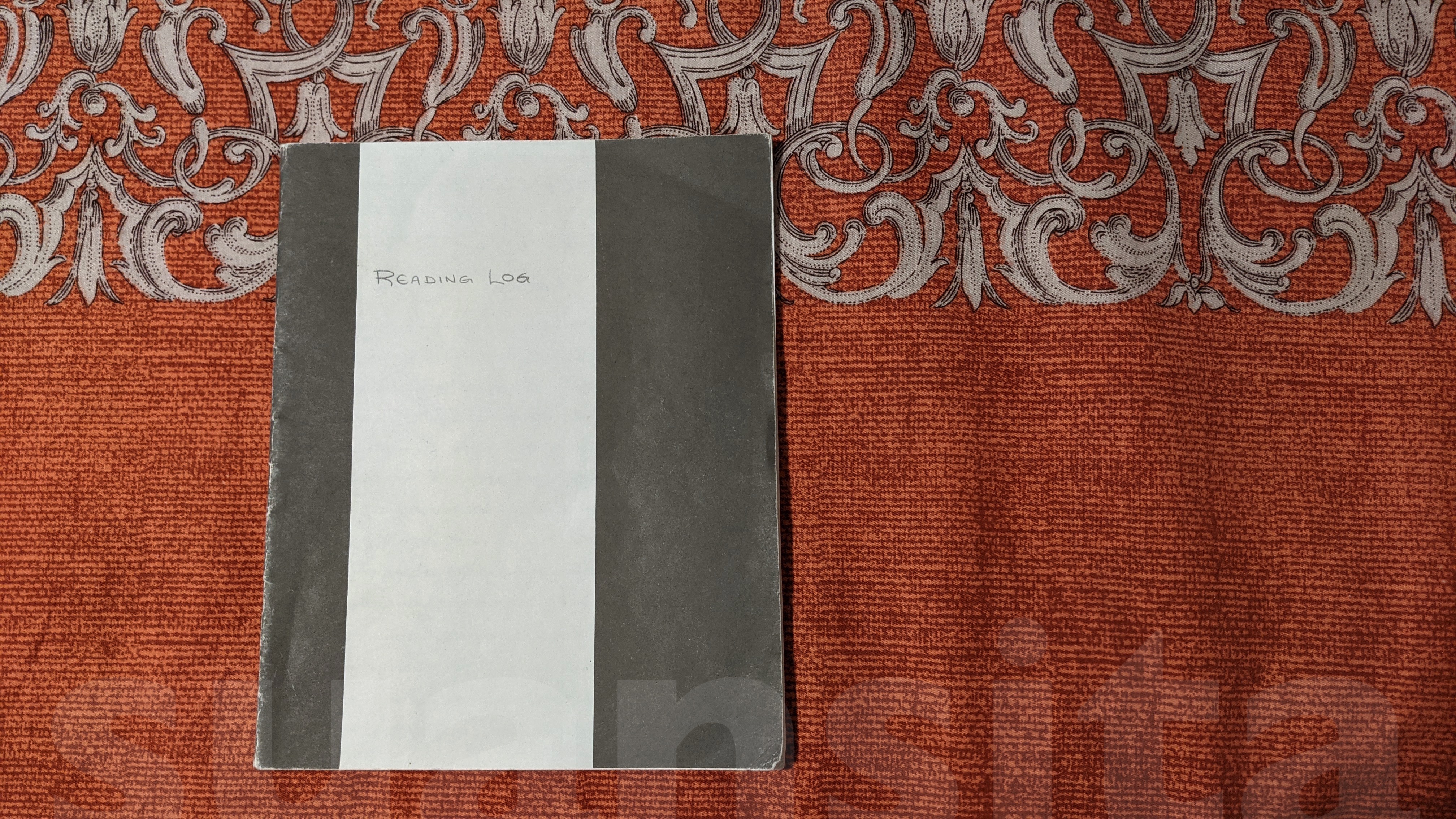
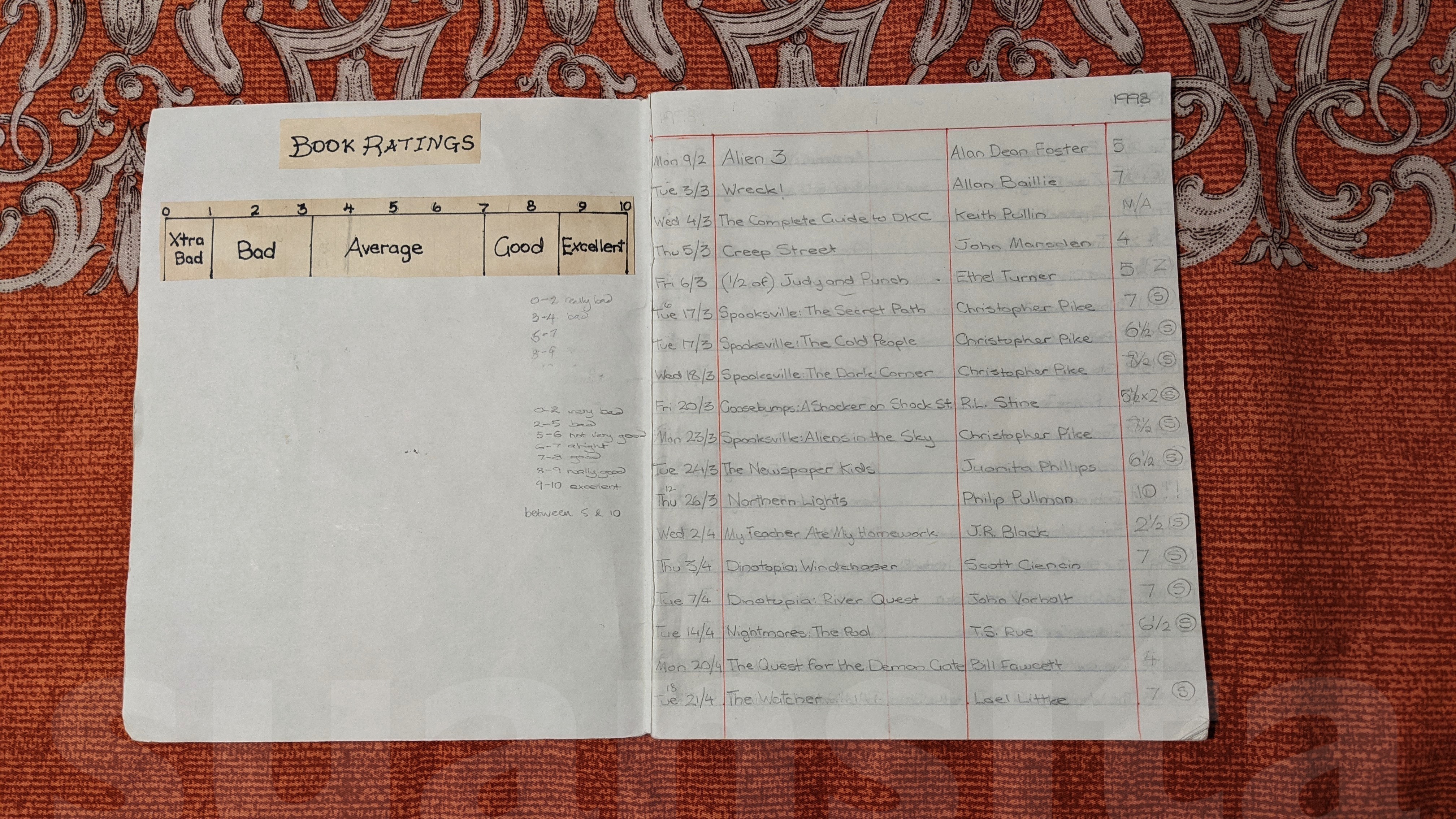
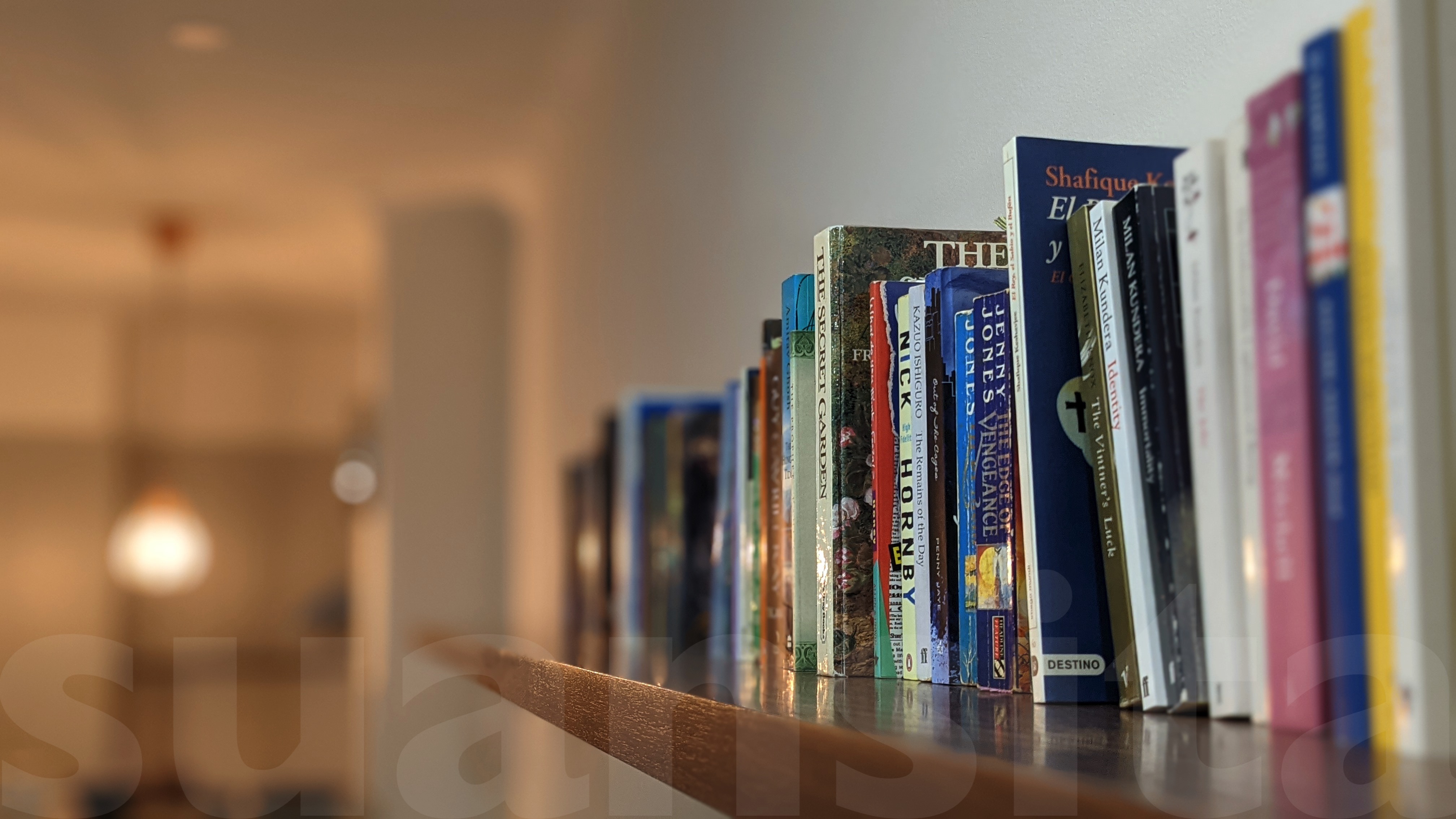
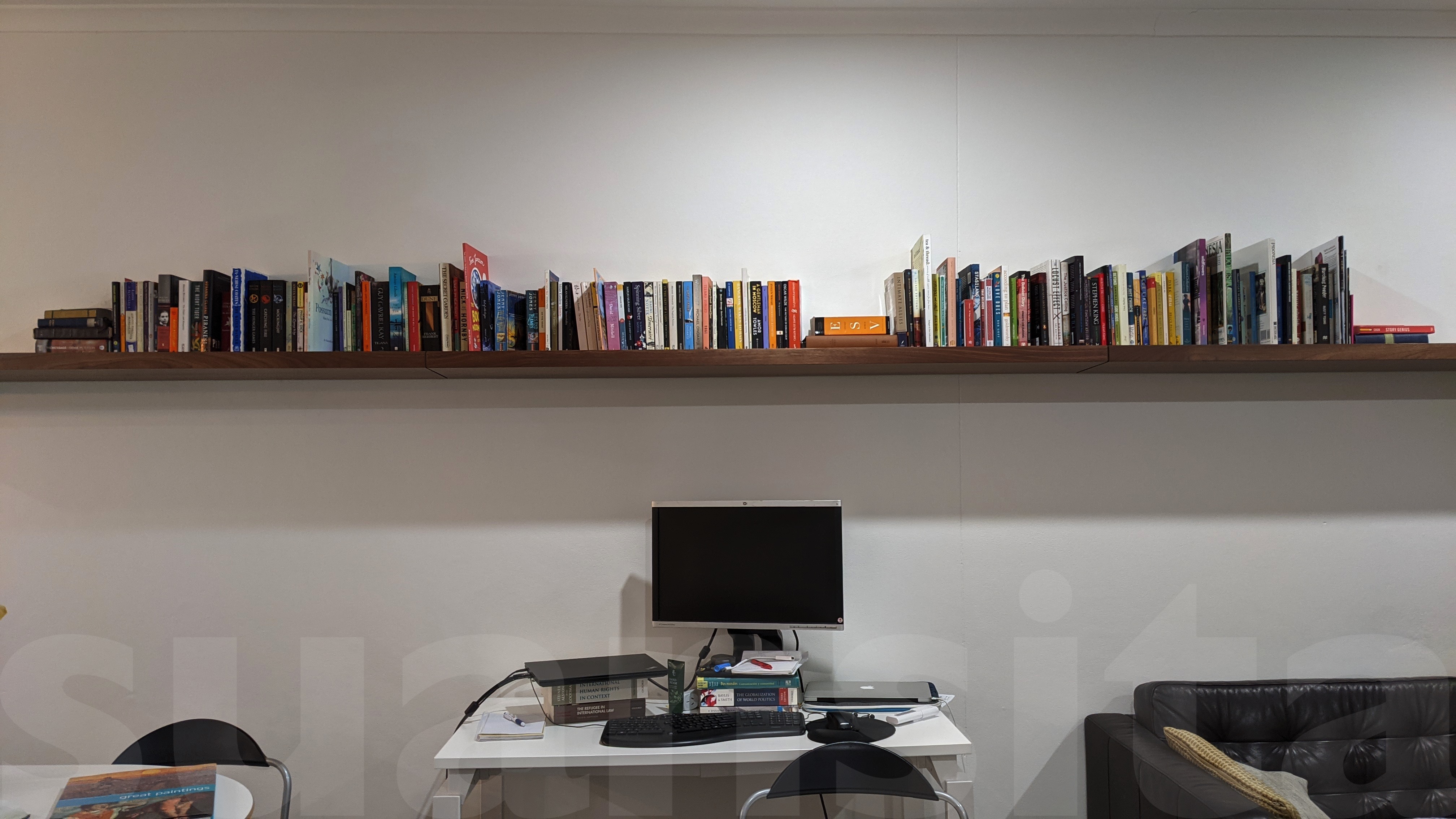
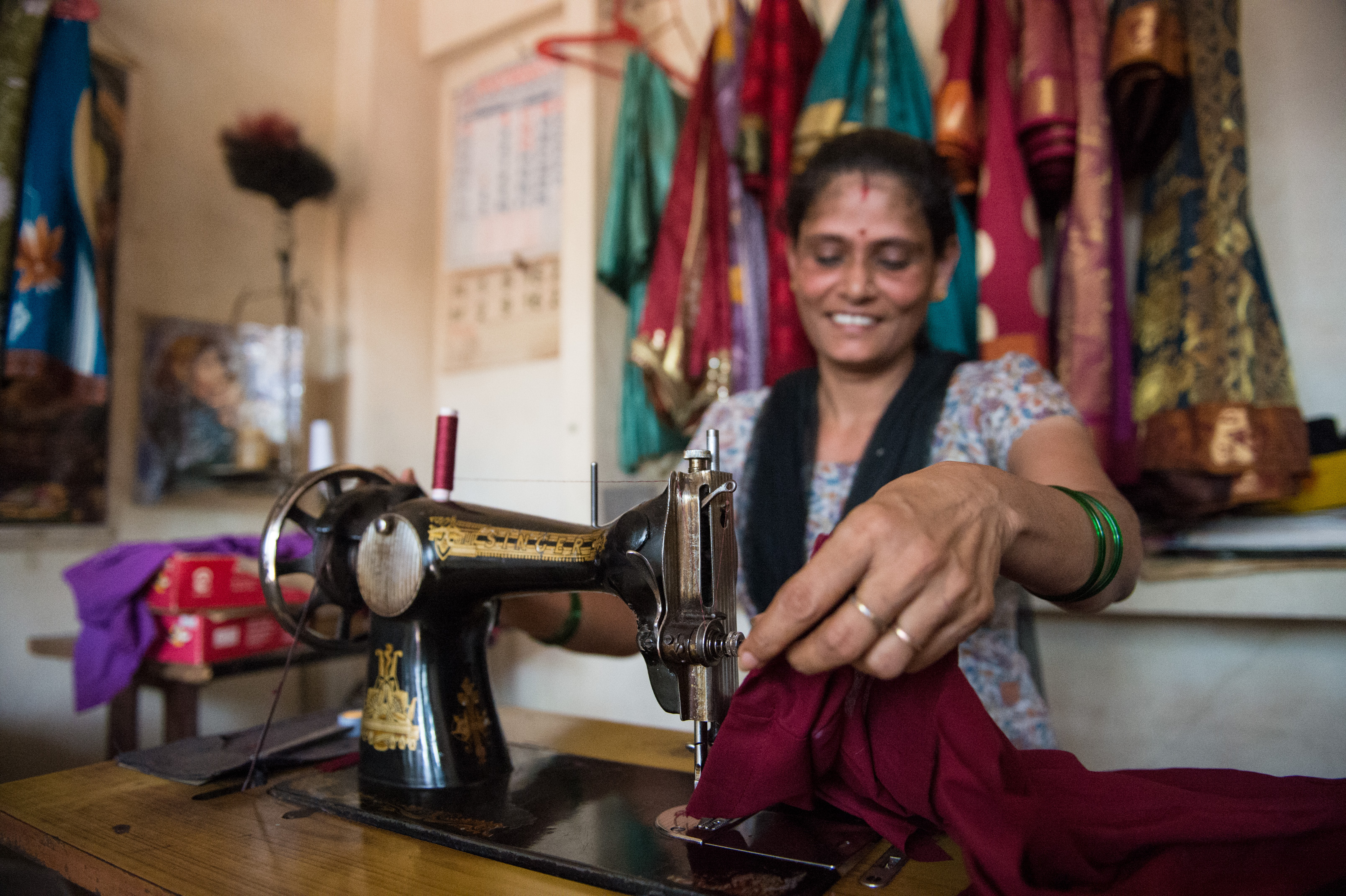

1 comment